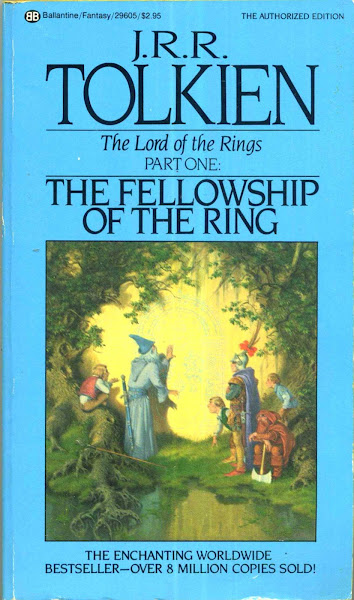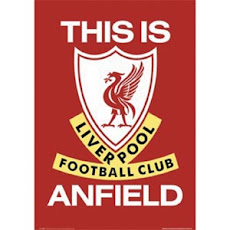The Matrix
Ryan Buenafe doesn’t have to score a ton of points to bury an opposing team. He can provide the hurt in so many ways. But his mere presence on the floor gives a team a chance to win every time out.* By Rick Olivares.
In a team of savvy veterans and stars, Ryan Buenafe is perhaps the most intriguing. In his freshman year, he cracked the Blue Eagles’ starting five. The first rookie to consistently start since Enrico Villanueva in 1997. And the last time Ateneo had a forward who could bring down the ball in addition to being an offensive force was JC Intal.
Come his second year with the team, however, he was brought off the bench with the Blue Eagles’ second unit of Nico Salva, Justin Chua, Emman Monfort, and Raymond Austria. It was a five that could easily start on another team. But his role with Ateneo in his sophomore year had changed. He was less an offensive force and more of a facilitator.
In the player efficiency rating of Imperium, the official statisticians group of the UAAP, Buenafe ranked fourth on the team behind Al-Hussaini, Eric Salamat, and Jai Reyes. Despite coming off the bench, he played more minutes than two other starters – Nonoy Baclao and Kirk Long.
And like Baclao, what Buenafe brought to the team was never fully translated into statistics.
So I reviewed the entire Season 72 and I coalesced everything into what I call the Plus Points and Negative Points.
Plus Points: Score, free throws (1 made free throw gets a .5 while 2 missed free throws automatically means a point deduction), offensive rebounds, assists, missed field goals by an opponent, steals, blocks, defensive rebounds, forced turnover (including offensive fouls by opponents), foul outs by opponents, and stops (meaning forcing an opponent to pass off or not get a shot off).
Penalty Points: Missed field goals, turnovers, fouls, and-ones, lapses, fouls that result in free throws by opponent.
I gave a point for every “Plus Point” and deducted one point for every “Penalty Point.”
Another crucial category I added into the “plus” and “penalty” points are the spread differential.
For example, when Ryan entered the game against FEU in their first round match up, the Blue Eagles were up 13-11 for a +2. By the time Ryan checked out with 4:12 to play in the 2nd Quarter, the score was 31-23 for a +8 differential.
During that stretch from the first to the second quarter, I logged everything he did from stopping Tamaraw Paul Sanga from picking up a loose ball to drawing the attention of Jens Knuttel and the aforementioned Sanga before passing off to Emman Monfort for a trey. Each act received a point. On the contrary right before Buenafe exited, Sanga dropped a trey on him. So I deducted a point from Ryan’s “plus points.”
When Ryan entered the game against UP in the first round, it was with 3:23 to play in the 1st Quarter and Ateneo was up 16-10 for a +6 differential. When he was replaced with 4 minutes left in the second quarter, UP’s Mark Juruena hit a triple against him to bring the lead down 29-27. The +2 means that instead of increasing or maintaining the lead, it went down against UP and thus it merited a point deducted from his “plus points
After going through the entire 18 games played by the team in Season 72, the results are amazing. There’s a lot that doesn’t show up on the stat sheet. Basketball isn’t a strict one-on-one match-up. In an era of shifting zones and man-zone coverage, it’s hard to simply put up say, Ryan Buenafe versus Joshua Webb. For one, they don’t guard each other all the time every game. Second, they have different roles.
Of course, Ryan didn’t win the games by himself. It is after all a total team effort. And when you have Rabeh Al-Hussaini, Nonoy Baclao, Jai Reyes, Eric Salamat, Emman Monfort, and Nico Salva, that’s a pretty good lineup that can impact the game in so many ways.
The case I’m making for Ryan is what he does on the court.
In those 18 matches, Buenafe thrice had more “penalty points” – in the losing efforts against UP and UE and in the first round win against DLSU. To say that Joshua Webb torched him is erroneous. Webb went up against different defenders. Nevertheless, saddled with fouls and unable to guard the speedier Webb, Buenafe notched a negative.
His best differential were in all three UST games.
In the first round game, he collected 24 plus points and received 9.5 penalty points. In the second round match up, Buenafe played sparingly yet still tallied +4. In the Final Four game, he notched 15 plus points.
Just as Kirk Long has good games against the Growling Tigers so does Buenafe.
As for the point spread differential (not counting the first round Ateneo-La Salle game), on 28 occasions, Ryan entered the court and helped his team increase its lead. In 5 instances, did the lead or the deficit not change. And lastly, on 8 separate occasions when Ryan was playing did the lead shrink or the deficit get bigger.
In Season 71, Ateneo coach Norman Black made sure that at any given time, he needed either Chris Tiu or Al-Hussaini on the floor. Last year, that was either Rabeh or Jai Reyes.
Buenafe may not be putting up the spectacular numbers he did while he was in San Sebastian, but it is safe to say that for a non-starter to have that kind of impact says a lot about his value.
When Kevin Alas was playing for the Letran Squires in NCAA Juniors action, he always thought that they were in trouble when up against Buenafe. “Iba yung basketball IQ niya. He is always one or two steps ahead of you. Parang alam niya na kung ano yung mangyayari before mag-develop yung play.”
So how did they stop him?
“Nagdasal na lang kami na masama yung laro niya.”
* The author says that his margin for error in his stats are infinitesimal. Even without the first round Ateneo-La Salle game stats.










No comments:
Post a Comment